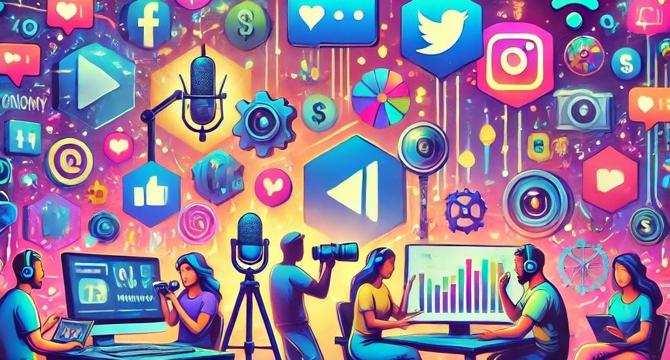Medium
1M
358

Image Credit: Medium
Reference Newsflash September 2024
- The creator economy, which enables people to produce, distribute and monetize content while building interactive communities, has grown to be a $250bn industry, democratising information and promoting transparency.
- Social media hyped up the creative industry during the pandemic years, yet recent interest from both investors and policymakers illustrate its growing legitimacy.
- By 2027, the creator economy is predicted to reach almost half a trillion dollars, yet with growth comes new challenges.
- The instability of creators’ income, the fast turnover of content, and attracting big creators are all obstacles facing creative startups.
- The creator economy’s journey starts with content creation, moves through publishing, engagement and community-building, and ends with monetisation.
- In the US, social media is replacing news for younger users. More people under 35 seek financial advice from “finfluencers” than traditional professionals
- The creator economy trends require a legal framework to protect consumers, especially younger audiences, from misinformation.
- Investment in the creator economy has evolved as the hype fades. Success depends on attracting creators organically and addressing critical needs.
- Despite U.S. chip restrictions, Chinese AI companies turn challenges into opportunities by optimizing models for efficiency.
- Big changes may be ahead for Big Tech in Europe as the new commissioner, Henna Virkkunen, signals a shift in focus toward enforcement and tech sovereignty.
Read Full Article
21 Likes
For uninterrupted reading, download the app